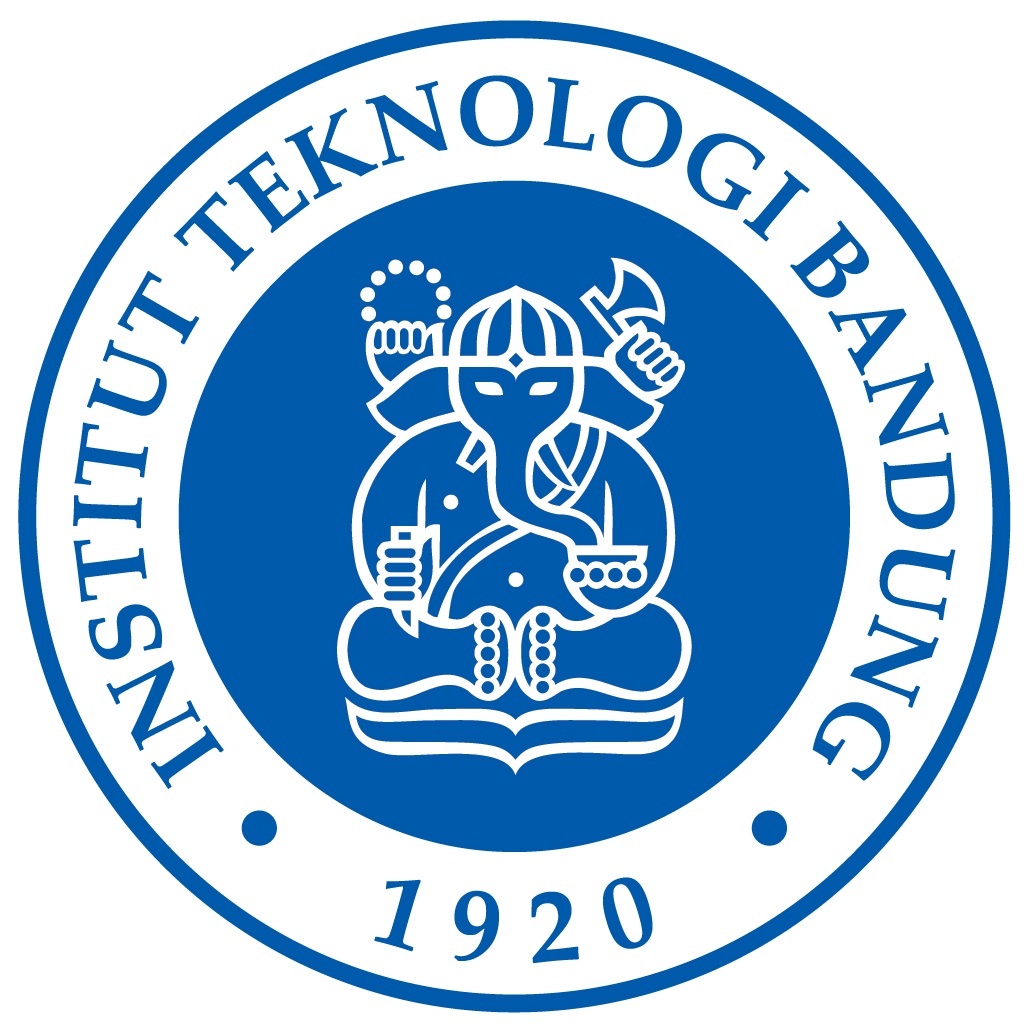

Muhammad Yudhistira Azis
Scientific literacy skills are one aspect that can provide a science learning approach in responding to everyday natural phenomena and make science learning easier to understand and more enjoyable. This science learning culture needs to continue to be implemented, especially for students affected by disasters to increase learning motivation. SMPN 1 and SMAN 1 Sumedang are examples of schools affected by the Sumedang earthquake disaster which can reduce disaster trauma by implementing simple chemical experiments. This experiment aims to increase students' learning motivation in the field of science through a practical and fun approach to eliminating the psychological trauma they have experienced. The method used is an introduction to basic science concepts through several chemistry demonstrations that are easy to understand. Some of the chemical experiments demonstrated were Vitamin C Testing, Magic Solution, Hydrogen Balloon, Lava Lamp, Elephant Toothpaste, Secret Message, and Iodine Clock. This community service activity succeeded in increasing students' literacy skills and motivation in learning science as seen from the enthusiasm and feedback obtained. Community service in the form of implementing simple chemical experiments can be an effective and sustainable solution and strategy to improve learning, scientific literacy skills and student motivation after facing a disaster.
Application of Simple Chemical Experiments to Reduce Trauma to Middle and High School Students Affected by the Sumedang Regency Earthquake Disaster. Provide assistance in improving education in the field of science, especially chemistry which can be applied in the school environment
The benefits for students and teachers are enormous and many things are enlightened from little-understood concepts to more interesting ones. Students are happier and more interactive in learning chemical science. Another thing is that students become more aware of the applications and benefits of learning science from simple chemical experiments and can be applied in their respective schools. For teachers, especially the chemistry subject, it is a place for discussion with chemistry lecturers regarding growing interest in chemistry in high school and continuing to college in the future.